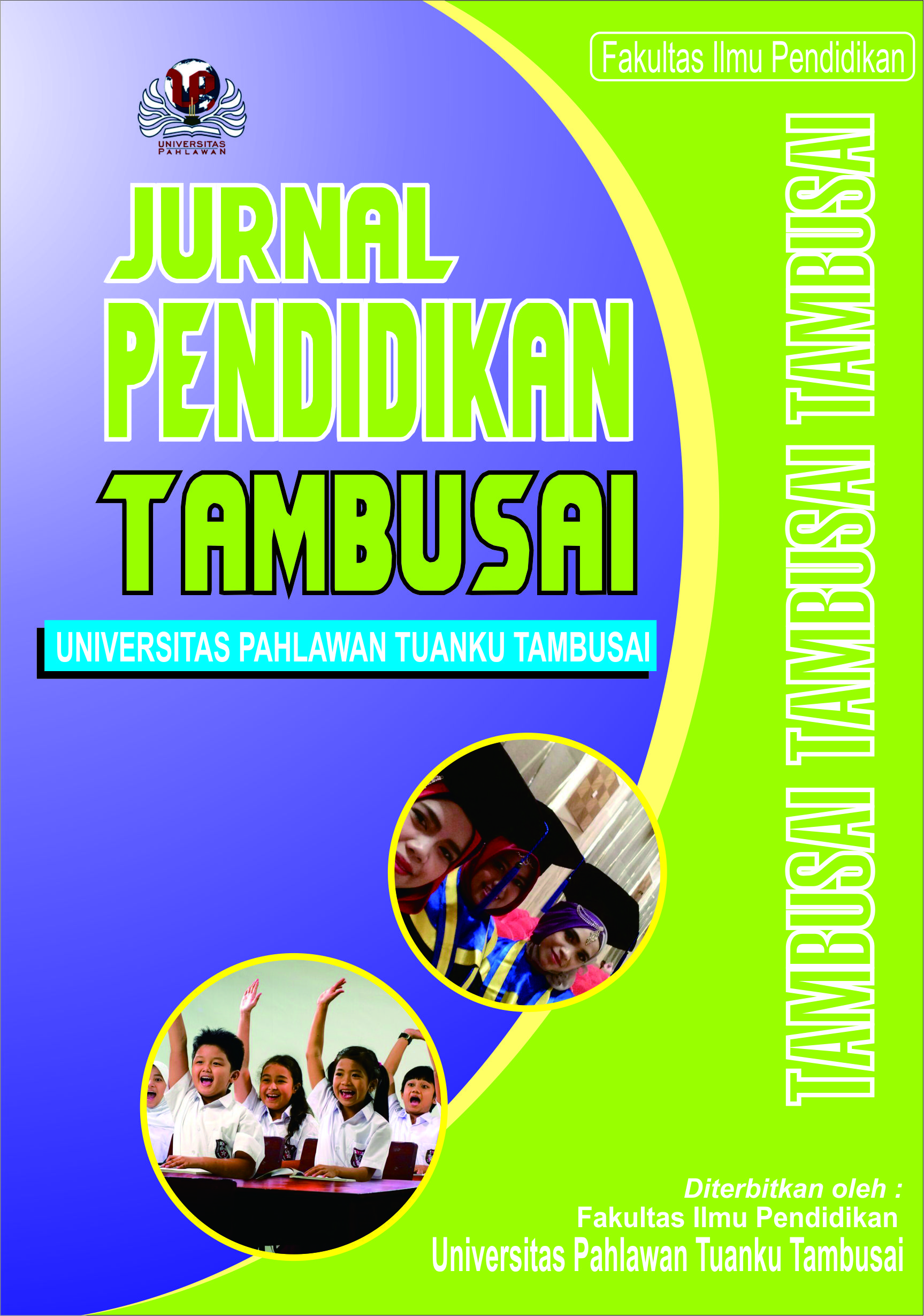Penerapan Teknologi Mesin Penggulung Benang untuk Pengrajin Ulos Ragi Hotang di Desa Patumbak
DOI:
https://doi.org/10.31004/jptam.v8i1.14156Keywords:
Mesin Penggulung Secara Otomatis, Pengrajin, Tenun Ragi HotangAbstract
References
Aritonang, Sondang D. 2015. Prospek Industri Tenun Ulos di Kabupaten Toba Samosir. Pekanbaru: Faculty of Economic Riau University.
Hasibuan, Rizki Ananda dan Rochmat, Saefur. 2021. Ulos Sebagai Kearifan Budaya Batak Menuju Warisan Dunia (World Heritage). Yogyakarta: Universitas Negeri Yogyakarta.
Marpaung, Jhon Viter. 2015. Kajian Estetika Penerapan Ragam Hias Kain Ulos Ragi Hotang Batak Toba Pada Busana Siap Pakai. Jakarta: Universitas Esa Unggul.
Marpaung, Jhon Viter dan Nur, Syurya Muhammad. 2018. Pemodelan Estetika Motif Ulos Ragi Hotang Batak Toba Sebagai Aplikasi Media Dekoratif. Fakultas Desain dan Industri Kreatif: Universitas Esa Unggul.
Nur, Christmastuti. 2022. Pelatihan Pengembangan Produk Kain Ulos Sebagai Suvenir Khas Desa Meat Toba Samosir. Fakultas Arsitektur dan Desain: Universitas Kristen Duta Wacana.
Panggabean, Ricardo Delianto. Dkk. 2019. Sistem pakar mengenali kerusakan mesin Memanfaatkan tenun adat Batak Ulus Metode Certainty Factor (FC). STMIK Triguna Dharma.
Pusat Bahasa, 2008, Kamus Bahasa Indonesia, Departemen Pendidikan Nasional, Jakarta.
Siregar, Mangihut. 2017. Industri Kreatif Ulos pada Masyarakat Pulau Samosir. Universitas Udayana
Downloads
Published
How to Cite
Issue
Section
Citation Check
License
Copyright (c) 2024 Rendy Ginting

This work is licensed under a Creative Commons Attribution-ShareAlike 4.0 International License.
Authors who publish with this journal agree to the following terms:
- Authors retain copyright and grant the journal right of first publication with the work simultaneously licensed under a Creative Commons Attribution License that allows others to share the work with an acknowledgement of the work’s authorship and initial publication in this journal.
- Authors are able to enter into separate, additional contractual arrangements for the non-exclusive distribution of the journal’s published version of the work (e.g., post it to an institutional repository or publish it in a book), with an acknowledgement of its initial publication in this journal.
- Authors are permitted and encouraged to post their work online (e.g., in institutional repositories or on their website) prior to and during the submission process, as it can lead to productive exchanges, as well as earlier and greater citation of published work (See The Effect of Open Access).



